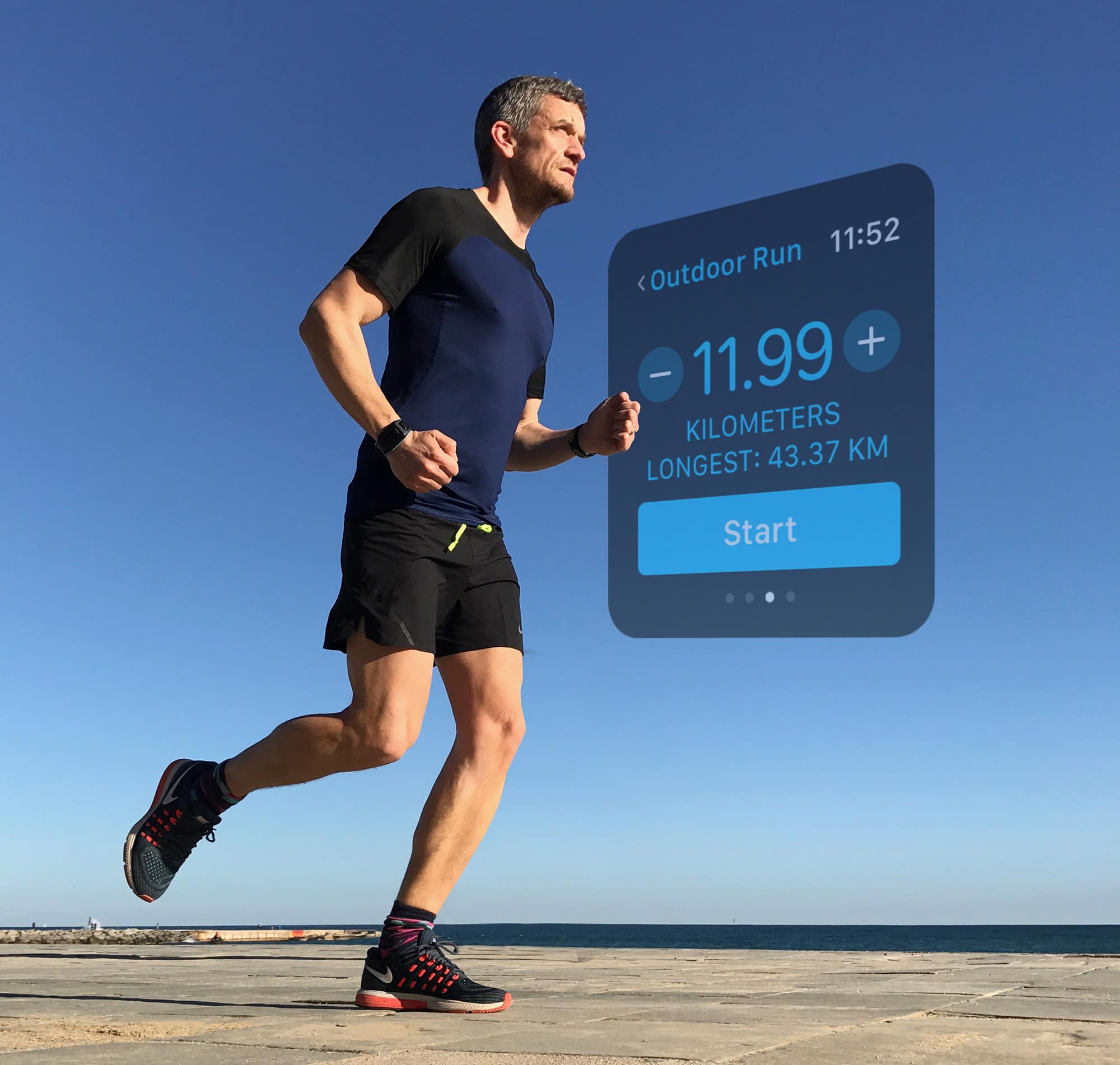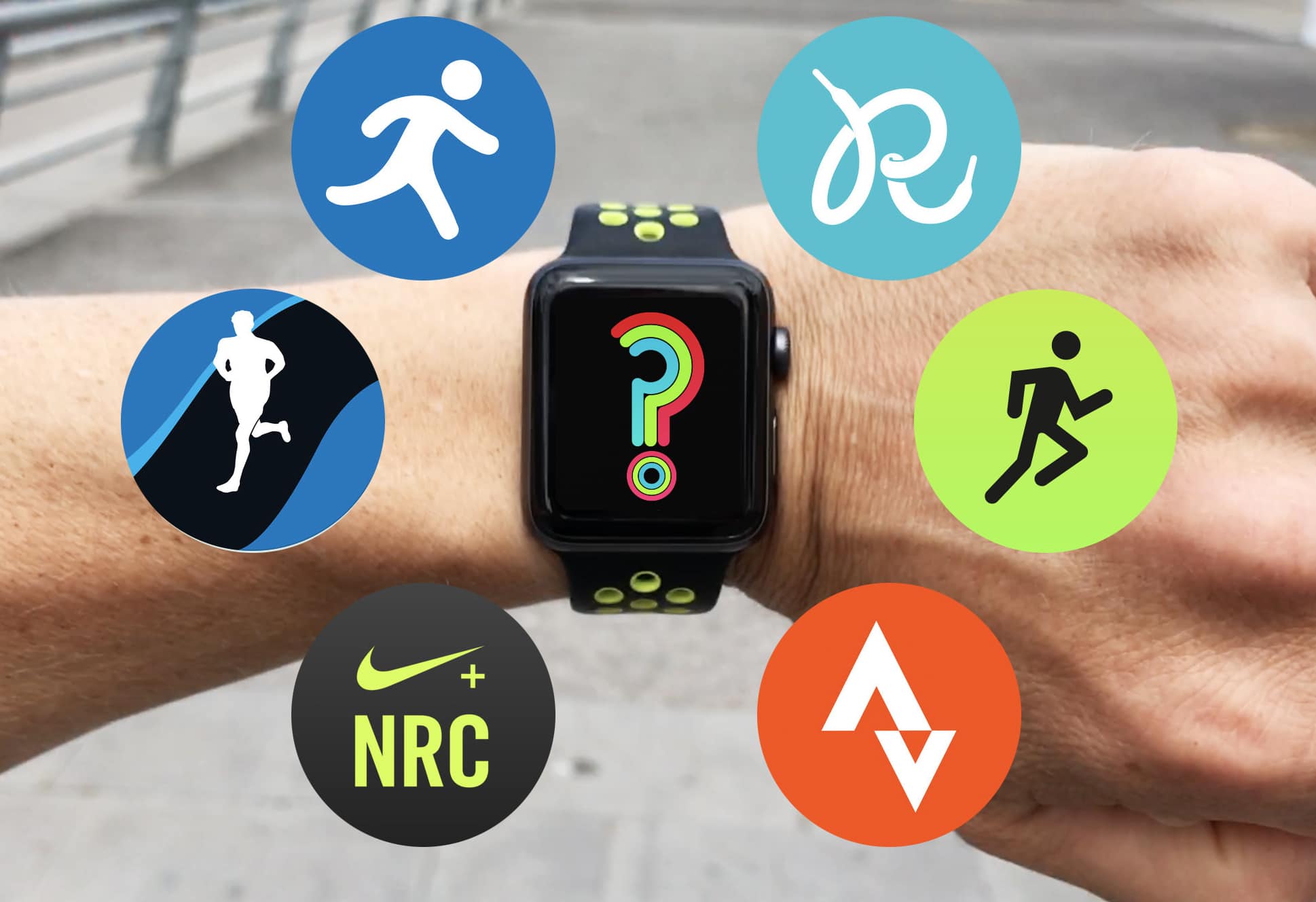Running apps have become an indispensable tool for fitness enthusiasts, offering a plethora of features to track progress, monitor performance, and enhance the overall running experience. This guide delves into the dynamic world of running apps, exploring their market overview, key functionalities, user experience, monetization strategies, and emerging trends.
With the increasing popularity of running as a fitness activity, the market for running apps has witnessed exponential growth. Key players in the industry are constantly innovating to provide users with cutting-edge features and personalized experiences.
Running App Market Overview

The global running app market size was valued at USD 1.3 billion in 2021 and is projected to grow at a compound annual growth rate (CAGR) of 12.5% from 2022 to 2030.
The increasing popularity of running as a fitness activity, coupled with the growing adoption of smartphones and wearable devices, is driving the growth of the running app market.
Key Players
- Nike
- Adidas
- Under Armour
- Strava
- Runkeeper
These companies hold a significant market share and offer a wide range of features, such as GPS tracking, personalized training plans, and social media integration.
Factors Driving Growth
- Rising health consciousness
- Increasing popularity of running as a fitness activity
- Growing adoption of smartphones and wearable devices
- Technological advancements, such as AI and machine learning
- Increasing demand for personalized fitness experiences
Key Features and Functionality of Running Apps

Running apps have become indispensable tools for runners of all levels. They offer a wide range of features and functionality to help runners track their progress, stay motivated, and improve their performance.The key features of running apps include:
| Feature | Description |
|---|---|
| GPS tracking | Tracks your running route and distance. |
| Pace and speed tracking | Tracks your pace and speed during your run. |
| Calorie tracking | Estimates the number of calories you burn during your run. |
| Heart rate monitoring | Tracks your heart rate during your run. |
| Interval training | Allows you to create and follow interval training workouts. |
| Music integration | Allows you to listen to music while you run. |
| Social media integration | Allows you to share your runs with friends and family on social media. |
In addition to these core features, many running apps also offer a variety of other features, such as:
- Weather forecasts
- Training plans
- Race calendars
- Nutrition tracking
- Sleep tracking
Running apps can also integrate with other fitness devices and services, such as heart rate monitors, GPS watches, and fitness trackers. This allows you to track your running data in one place and get a more complete picture of your fitness progress.
Tracking and Monitoring Capabilities, Running apps
Running apps offer a variety of tracking and monitoring capabilities to help you track your progress and stay motivated. These capabilities include:
- Distance tracking:Tracks the distance you run.
- Pace and speed tracking:Tracks your pace and speed during your run.
- Calorie tracking:Estimates the number of calories you burn during your run.
- Heart rate monitoring:Tracks your heart rate during your run.
- Interval training:Allows you to create and follow interval training workouts.
- GPS tracking:Tracks your running route and distance.
These tracking and monitoring capabilities can help you to:
- Track your progress over time.
- Identify areas where you can improve.
- Stay motivated and on track with your running goals.
Integration with Other Fitness Devices and Services
Running apps can integrate with other fitness devices and services, such as heart rate monitors, GPS watches, and fitness trackers. This allows you to track your running data in one place and get a more complete picture of your fitness progress.Some of the benefits of integrating running apps with other fitness devices and services include:
- More accurate tracking:Fitness devices and services can provide more accurate tracking data than running apps alone.
- More comprehensive data:Fitness devices and services can track a wider range of data than running apps alone.
- Easier tracking:Fitness devices and services can make it easier to track your running data, as you don’t have to carry your phone with you.
If you’re serious about running, integrating your running app with other fitness devices and services can be a great way to improve your tracking and monitoring capabilities.
User Experience and Engagement
User experience is paramount in running apps, as it directly influences user engagement and satisfaction. Well-designed running apps prioritize ease of use, intuitive navigation, and visually appealing interfaces. They often incorporate design elements like:
- Clear and concise menus and options
- Customizable home screens
- Real-time progress tracking
- Interactive maps and route planning
- Gamification elements (e.g., challenges, rewards)
Innovative features that enhance user engagement include:
- Virtual running partners or challenges
- Personalized training plans
- Social sharing and community integration
- Voice-activated controls
- Advanced analytics and insights
By focusing on user experience and engagement, running apps aim to create a motivating and enjoyable running experience that keeps users coming back for more.
Monetization Strategies
Running apps employ various monetization models to generate revenue. These models range from in-app purchases to subscription fees and advertising. Each model offers distinct advantages and disadvantages, and successful monetization strategies often involve a combination of these models.
In-App PurchasesIn-app purchases allow users to buy virtual goods or services within the app. This model is particularly effective for apps that offer premium features, such as personalized training plans, advanced tracking capabilities, or exclusive content. The advantage of this model is that it can generate a steady stream of revenue, especially if the app offers a compelling value proposition. However, it can also limit the accessibility of the app to users who are not willing or able to pay for additional features.Subscription Fees
Subscription fees provide users with access to a premium version of the app for a recurring fee. This model is suitable for apps that offer ongoing value, such as personalized coaching, access to exclusive content, or advanced analytics. The advantage of this model is that it provides a predictable revenue stream and fosters a loyal user base.
However, it can be challenging to convince users to commit to a recurring subscription, especially if the app’s value proposition is not compelling enough.
Advertising
Advertising involves displaying ads within the app. This model is commonly used by free apps to generate revenue. The advantage of this model is that it allows app developers to monetize their apps without charging users directly. However, it can be challenging to find advertisers who are willing to pay a premium for ad space in a running app.
Additionally, excessive advertising can diminish the user experience and lead to user churn.
Future Trends and Innovations
:max_bytes(150000):strip_icc()/runkeeper-best-free-running-apps-cc24d72fadcf45bca13749f411123f34.jpg)
The running app market is constantly evolving, with new trends and innovations emerging all the time. These trends are being driven by a number of factors, including the increasing popularity of running as a fitness activity, the rise of mobile technology, and the growing demand for personalized and engaging experiences.
One of the most significant trends in the running app market is the increasing use of artificial intelligence (AI). AI is being used to power a variety of features in running apps, such as personalized training plans, real-time feedback, and injury prevention.
For example, the Nike Run Club app uses AI to track the user’s running data and provide personalized feedback on their progress. The app also uses AI to create personalized training plans that are tailored to the user’s fitness level and goals.
Another trend in the running app market is the increasing use of augmented reality (AR). AR is being used to create immersive and engaging experiences for runners. For example, the Zombies, Run! app uses AR to create a virtual world where the user must run to escape from zombies.
The app uses the user’s GPS data to track their progress and create a realistic and immersive experience.
The future of running apps is bright. As new technologies emerge, running apps will continue to evolve and offer new and innovative ways to help people stay active and healthy.
AI-Powered Running Apps
- AI-powered running apps can provide personalized training plans that are tailored to the user’s fitness level and goals.
- AI can also be used to provide real-time feedback on the user’s running performance.
- AI-powered running apps can help to prevent injuries by monitoring the user’s running data and identifying potential problems.
AR-Powered Running Apps
- AR-powered running apps can create immersive and engaging experiences for runners.
- AR can be used to create virtual worlds that the user must run through.
- AR can also be used to provide real-time information about the user’s surroundings, such as the distance to the next waypoint or the location of water fountains.
Final Summary: Running Apps
As technology continues to advance, running apps will undoubtedly play an even more prominent role in the fitness landscape. By leveraging AI, AR, and other emerging technologies, these apps will continue to revolutionize the way we track, monitor, and enhance our running performance.
Whether you’re a seasoned runner or just starting out, running apps can empower you to achieve your fitness goals and make your running journey more enjoyable and rewarding.
Helpful Answers
What are the key features to look for in a running app?
GPS tracking, pace and distance tracking, heart rate monitoring, workout monitoring, training plans, and integration with other fitness devices and services.
How do running apps help improve running performance?
By providing real-time data on pace, distance, heart rate, and other metrics, running apps help runners track their progress, identify areas for improvement, and stay motivated.
What are the different monetization models used by running apps?
Subscription-based models, in-app purchases, advertising, and partnerships with fitness brands and wearable device manufacturers.